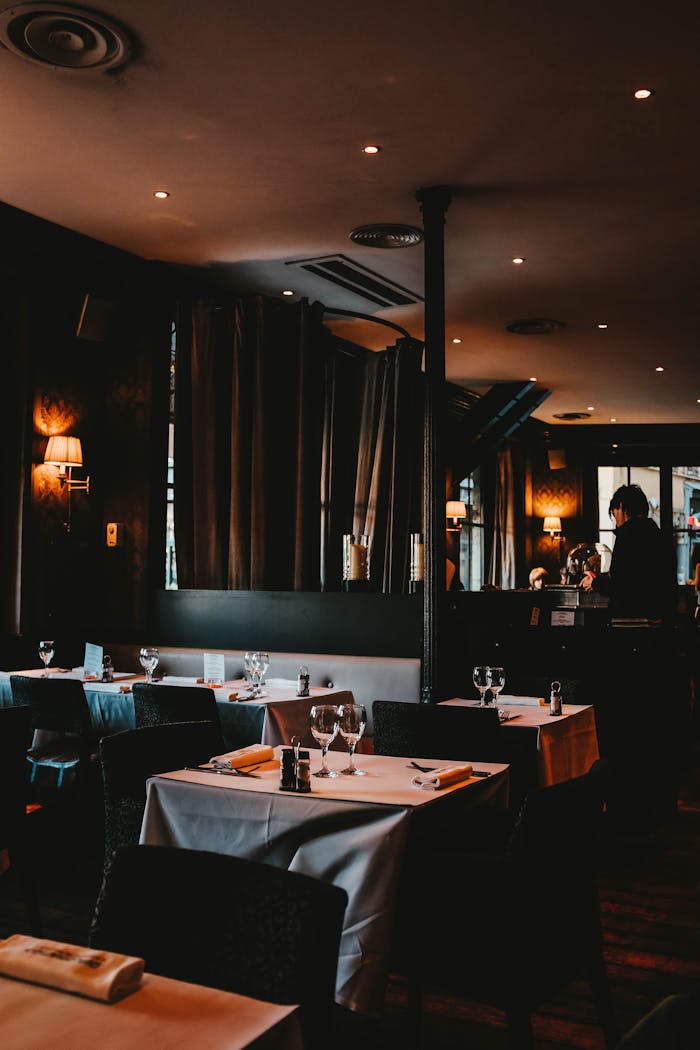
When dining out, especially in a sophisticated or formal setting, your behavior at the table speaks volumes. Proper manners not only leave a lasting impression but also showcase your respect for those around you. Here’s a comprehensive guide to help you navigate the art of fine dining with grace and confidence.
1. Napkin Etiquette
Once seated, unfold your napkin and place it on your lap. This is your first move, signaling you are ready to dine. If you need to excuse yourself, place the napkin on your chair to indicate you’ll be returning. At the end of the meal, gently place the napkin to the left of your plate.
2. No Elbows on the Table
Keeping your elbows off the table helps maintain a polished and refined posture. Rest your forearms on the edge of the table or your lap, preventing any casual or intrusive body language.
3. Understanding the Utensils
At first glance, the array of utensils may seem daunting, but understanding their layout is quite simple. Utensils are used from the outside in with each course:
- Forks are on the left. The salad fork is typically on the outermost side, and the main course fork is closest to the plate.
- Knives and spoons are on the right. The knife is placed with its blade facing the plate, and the spoon is to the right of the knife.
- Dessert utensils are usually laid horizontally above your plate.
When you’re finished with a course, place your used utensil on your plate at a diagonal, with the handles resting at the 4 o’clock position and the tips at the 10 o’clock position. This signals to the waitstaff that you are finished. If dessert or salad utensils were provided separately, they should be placed the same way on the dessert or salad plate.
4. Can You Reuse Utensils?
In a formal dining setting, you should avoid reusing utensils once they’ve been used for a course. New utensils will generally be provided for each course. However, if you’re in a less formal setting and no new utensil is offered, it’s acceptable to reuse your fork, as long as it is clean. In such cases, simply rest the utensil on the edge of your plate when you’re finished.
5. Glassware Placement
Your glassware is arranged to the right above your knife. The larger glass is for water, and smaller ones are for wine. If multiple wines are being served, white wine is usually placed further right, while red wine, with its larger glass, is closer to the center.
6. Pace Yourself
It’s crucial to pace your eating with those around you, particularly in formal dining. Try to finish each course around the same time as your companions. Additionally, place your fork and knife down between bites to avoid rushing through the meal.
7. Conversations at the Table
Always maintain pleasant conversation without speaking with food in your mouth. Keep your tone light and respectful, being sure to engage your fellow diners. Your goal is to create a pleasant and relaxing atmosphere for everyone.
8. Excusing Yourself
If you need to leave the table temporarily, simply say, “Excuse me.” There’s no need to explain your departure. When you return, place your napkin back on your lap and resume the meal.
9. The Check and Payment
When the meal concludes, the host traditionally takes care of the check. If you’re hosting, discreetly arrange to handle it without making a scene. However, if you’re attending, a polite offer to contribute is always appreciated, though not always expected.
Mastering these basic dining etiquettes will elevate your dining experience and the impression you leave on others. In today’s world, where sophistication is as much about attitude as appearance, paying attention to these details can set you apart as a true gentleman.
Feel free to share personal experiences with formal dining or tips for navigating particularly tricky dining scenarios!

